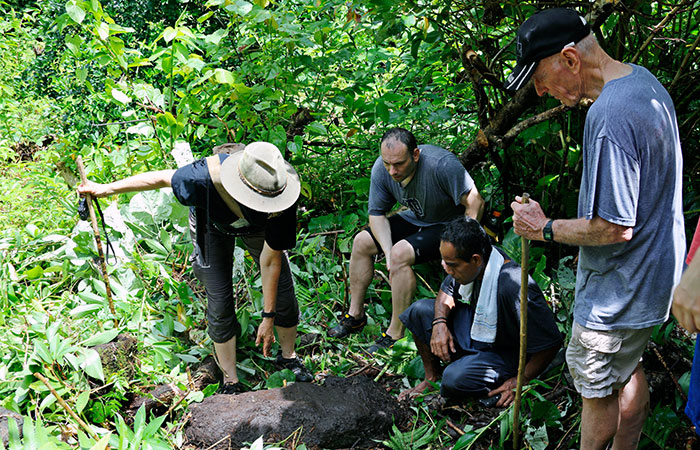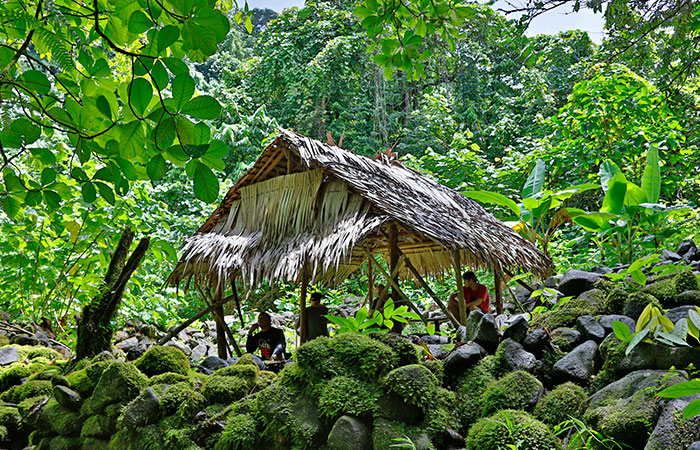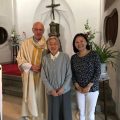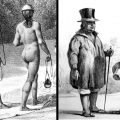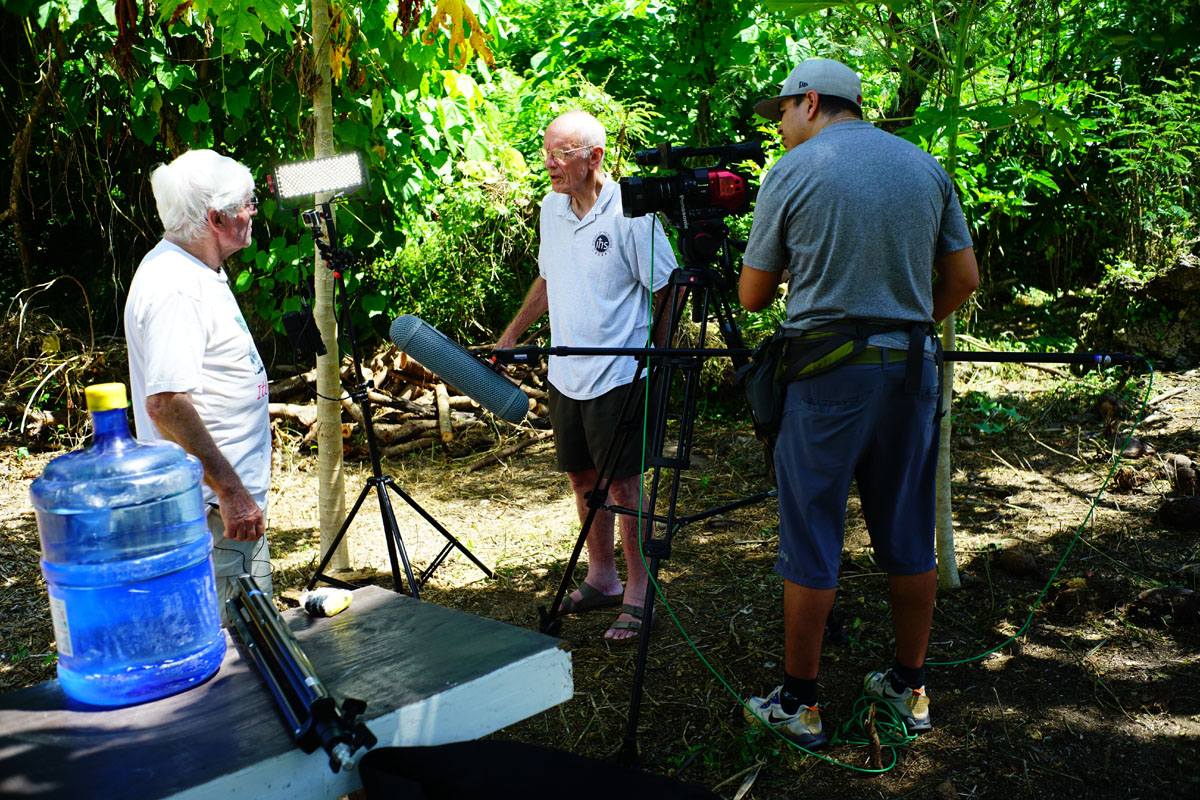A Week on Kosrae
I was in Kosrae for a week, just to give a speech on FSM Law Day that took less than an hour. What was I going to do with all that time on my hands, I wondered? Kosrae is a small place with only 6,000 residents. Chuuk and Pohnpei are bustling cities by comparison, with their population, their traffic, their ?glitter.?
As we drove from the Kosrae airport to our hotel, one guest remarked: ?You know, this place exudes a deep sense of peace.? I noticed it, too. I thought that I had long since outgrown that island mystique?the old magic spell that the tropics are supposed to weave over us. But I could feel the tranquility myself, as if the island were whispering ?You?re going to be fine now. Let go and relax; everything will be just fine.? If others felt it, too, then perhaps Kosrae should have been a treatment center for anxiety cases.
No one shouts (or so it seems). The homes are simple and local people wave at anyone who passes by. The young employees at the Treelodge Hotel seem to outnumber the guests in the eight rooms, and they couldn?t have been more solicitous. Within the first few hours I ran into dozens of people I knew. Dennis Yamase, the Chief Justice of FSM was there, and so was Cyprian Manmaw, the Chief Justice of Yap, as well as Ginger Mida, the Postmaster General for FSM, in addition to the many others coming in for the Law Day debates.
Felicia Beardsley, an archaeologist with long experience in the area, was also at the airport welcoming a fresh team of colleagues. Over the next few days she explained the significance of some of the finds on Kosrae and how they spoke to the island past. The differences between Kosrae and Pohnpei, its neighboring high island, are many. The giant stone ruins in the two places are markedly different. Kosrae shows some features?like the sunken earth oven and the red coloring?that link it to low island culture. Kosrae?s language, too, is distinctive?more akin to the languages of the coral atolls southeast of the island than the archipelago in which Kosrae is located.
One morning Felicia invited us on a tour through the interior of the island to the site of an ancient shrine to Sinlaka, the breadfruit goddess. We never quite made it to the shrine itself, but we looked through the ruins of an old family compound, complete with a carved basaltic statue in front. The four-hour hike was more exercise than the several basketball games we old-timers played the day before when we rashly took on the youth.
What to do during the week-long visit? Besides the tour and the basketball and the long talks on culture and the festivities surrounding Law Day, there were always old friends to be welcomed and new ones to be made. I may have walked into the restaurant alone time and time again, but I never ate by myself. There was always an invitation to be answered.
However much I might feel at home on other islands, I had always thought of myself as a stranger on Kosrae?a Congregationalist Island that never sent students to Xavier in my early years working at the school; an island I?ve only visited briefly a few times. I should have known better. There?s no such thing as being a stranger in this part of the world, as I learned once again.

